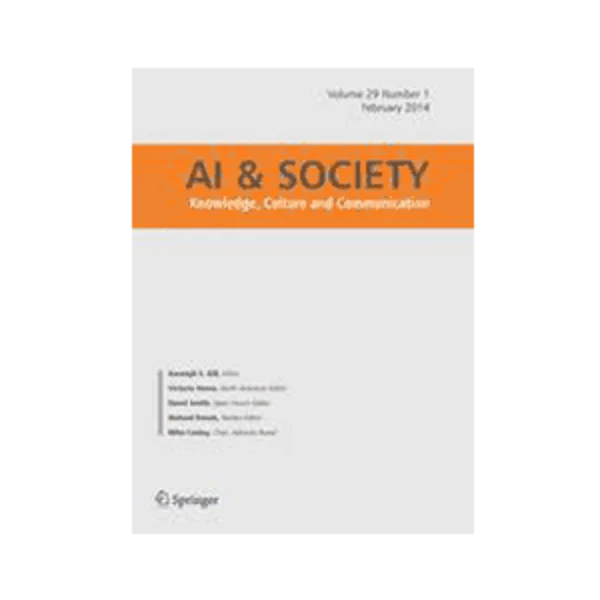-
comparing designers’ and listeners’ experiences
جزئیات بیشتر مقاله- تاریخ ارائه: 1392/07/24
- تاریخ انتشار در تی پی بین: 1392/07/24
- تعداد بازدید: 838
- تعداد پرسش و پاسخ ها: 0
- شماره تماس دبیرخانه رویداد: -
this paper compares the listening experiences of non-experts and the designers of two sound designs. to date, no such comparisons have been examined empirically, and so for ease of comparison, repertory grids were chosen to explore these experiences, which preclude the need for listener training. the results suggest that (a) it is meaningful to compare designers’ and non-experts’ listening experiences, (b) points of agreement and disagreement are readily identified and (c) the use of repertory grids is a practical means of conducting such studies. the findings further suggest that a taxonomy of sound attributes based on these experiences rather than designers’ intuition or predilection is also possible.
مقالات جدیدترین رویدادها
-
استفاده از تحلیل اهمیت-عملکرد در ارائه الگوی مدیریت خلاقیت سازمانی و ارائه راهکار جهت بهبود
-
بررسی تاثیر ارزش وجوه نقد مازاد بر ساختار سرمایه شرکت های پذیرفته شده در بورس اوراق بهادار تهران
-
بررسی تأثیر سطح افشای ریسک بر قرارداد بدهی شرکت های پذیرفته شده در بورس اوراق بهادار تهران
-
بررسی تأثیر رتبه بندی اعتباری مبتنی بر مدل امتیاز بازار نوظهور بر نقد شوندگی سهام با تأکید بر خصوصی سازی شرکت ها
-
تأثیر آمیخته بازاریابی پوشاک ایرانی بر تصویر ذهنی مشتری پوشاک ایرانی (هاکوپیان)
-
ارتقای تعاملات اجتماعی در مجتمع های مسکونی، در جهت افزایش حس تعلق به مکان: ارائه راهکارهای طراحی معماری
-
بررسی تاثیر رنگ در محیط آموزشی برای کودکان مبتلا به اختلالات اوتیسم
-
تاثیر نور در فضاهای امن شهری
-
ژئوشیمی و محیط تکتونیکی لامپروفیرها و آندزی بازالت – بازالت های جنوب – غرب سلماس
-
معماری پایدار با رویکرد بومی سازی و تاثیر اقلیم بر آن (نمونه موردی سیستان)
مقالات جدیدترین ژورنال ها
-
مدیریت و بررسی افسردگی دانش آموزان دختر مقطع متوسطه دوم در دروان کرونا در شهرستان دزفول
-
مدیریت و بررسی خرد سیاسی در اندیشه ی فردوسی در ادب ایران
-
واکاوی و مدیریت توصیفی قلمدان(جاکلیدی)ضریح در موزه آستان قدس رضوی
-
بررسی تاثیر خلاقیت، دانش و انگیزه کارکنان بر پیشنهادات نوآورانه کارکنان ( مورد مطالعه: هتل های 3 و 4 ستاره استان کرمان)
-
بررسی تاثیر کیفیت سیستم های اطلاعاتی بر تصمیم گیری موفق در شرکتهای تولیدی استان اصفهان (مورد مطالعه: مدیران شرکتهای تولیدی استان اصفهان)
-
اثربخشی روایت درمانی بر خودکارآمدی ادراک شده دانش آموزان دختر مبتلا به چاقی
-
انتشار تصاویر کودکان در فضای مجازی و تأثیر آن بر شخصیت سازی پیش از بلوغ ایشان، در پرتو حقوق ایران و مقررات بین المللی
-
واکاوی اسقاط خیار غَبن و تأثیر آن در سقوط میزان غَبن فاحش و اَفحَش
-
داوری در طلاق
-
sociological study of social problems of afghan refugees in yasooj city in 2015




سوال خود را در مورد این مقاله مطرح نمایید :